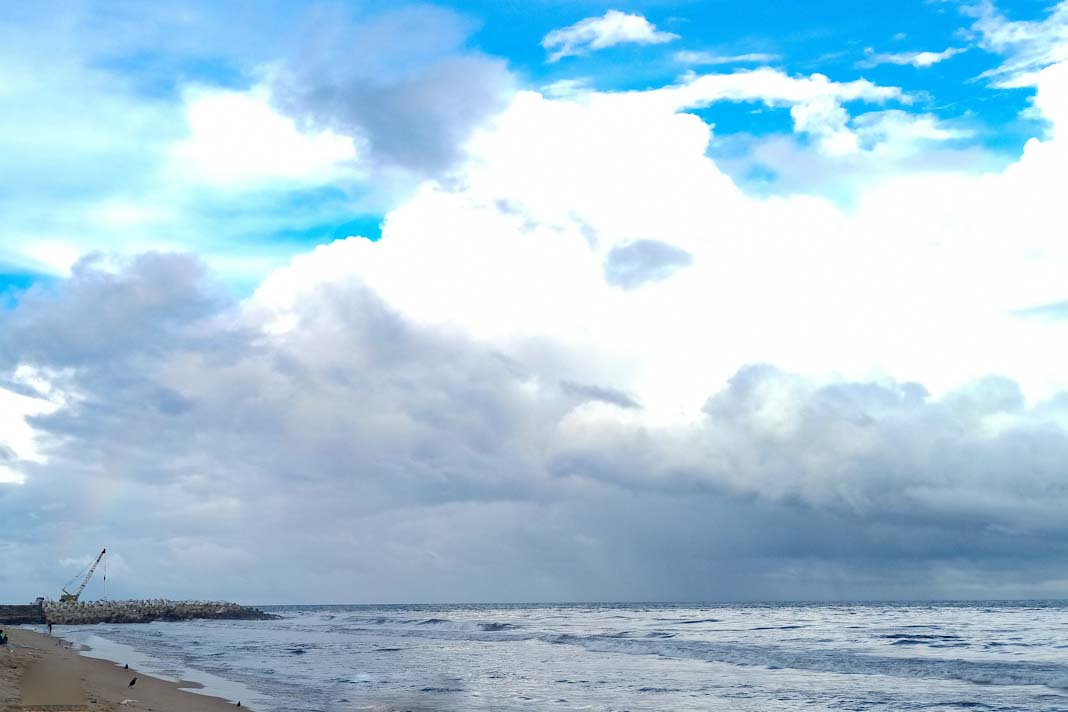- Onshore power supply could be cheaper, easier FuelEU Maritime compliance option
- Low-carbon fuels are still needed as regulation tightens in the next decade
- EU ports start investment programs to meet demand, regulatory requirements
EU regulations on shoreside power are poised to introduce low-carbon electricity into the marine energy mix with limited impact on the transition into sustainable fuels, assuming charging networks can be rolled out in time, industry analysts said, reports SP Global.
More capacity
Based on an estimate by the nonprofit International Council on Clean Transportation, the EU needs to at least triple its installed show power capacity by 2030, from 309 MW at 51 ports in 15 coastal countries in October 2023, with demand expected to be driven by cruise traffic in Italy, France, and Spain.
The EU’s impact assessment suggests containerships and passenger ships alone would require 5.6 GW of capacity to meet their mandates, which could come from new projects or better utilization of existing facilities.
With the regulatory requirements, major European ports like Rotterdam and Hamburg have started to develop onshore power supply networks, sometimes partnering with energy companies.
Advantages
Analysts said shoreside power could emerge as a strong option for shipping firms to comply with FuelEU Maritime, with its cost expected to be lower than other low-carbon marine energy sources for some years at least.
Platts, part of Commodity Insights, assessed the delivered bunker price for 0.5% sulfur marine fuel at $570/mt in Hamburg on May 28, or $13.9/Gigajoule. Industry estimates suggest sustainable marine fuels based on hydrogen generated from renewable energy could be five times more expensive.
According to the European Energy Exchange, the year-ahead contract for German electricity settled at Eur102/MWh on the same day. This was roughly equivalent to $30.7/Gj.
Taking into consideration better energy efficiency of electricity, Smith said shoreside power could be three to four times cheaper than using renewable hydrogen-based green fuels.
GHG factor
Furthermore, onshore power supply has a zero-emission factor by default regardless of the sources of electricity under FuelEU Maritime, while the GHG intensity of marine fuels is calculated based on their well-to-wake emissions.
The regulatory design could discourage procurement of renewable energy, but the impact would be largely mitigated by the EU’s decarbonization policies for its power sector, according to industry participants.
Nikita Pavlenko, a fuel researcher at the ICCT, estimated the EU’s grid electricity emissions factor at 250 grams CO2-equivalent/KWh — which can translate into a 60% GHG cut versus conventional, oil-based bunker fuels. This would be deeper than most biofuels, currently the most used low-carbon bunker fuels, according to Pavlenko.
With the EU targeting a 69% share of renewables in electricity by 2030 under the REPowerEU plan, Joe Bettles, a market analyst at Maersk Mc-Kinney Moller Center for Zero Carbon Shipping, suggested Brussels is aiming to drive the buildouts of shoreside charging facilities with the zero-emission factor.
Plans
In the long run, shipping companies would need both onshore power supply and low-carbon fuels to comply with FuelEU Maritime, according to analysts.
As shoreside electricity would typically amount to less than 5% of the total energy used by a vessel, Smith said “a switch to clean fuel will be necessary” when FuelEU Maritime requirements become increasingly stringent in the next decade.
Based on the EU’s estimate, Eur7.4 billion would need to be spent on shoreside charging networks in 2025-2050, and analysts said it would take time for the capital expenditure programs to materialize across the bloc while shipowners enable their vessels to be connected to the grid.
The FuelEU Maritime rules separately require container and passenger ships to be connected to charging facilities by 2030 at main EU ports listed in the trans-European transport network, which in turn need to develop the infrastructure to meet 90% of ship operators’ demand, according to the EU’s alternative fuels infrastructure regulation.
While only small ships can be fully electrified due to limited space for on-board battery systems, large, ocean-going vessels could be designed or retrofitted to run on power at berth and turn off their auxiliary engines during “cold-ironing”, leading to lower bunker fuel use and CO2 emissions as well as less air pollution.
Did you subscribe to our daily Newsletter?
It’s Free! Click here to Subscribe
Source: SP Global






















